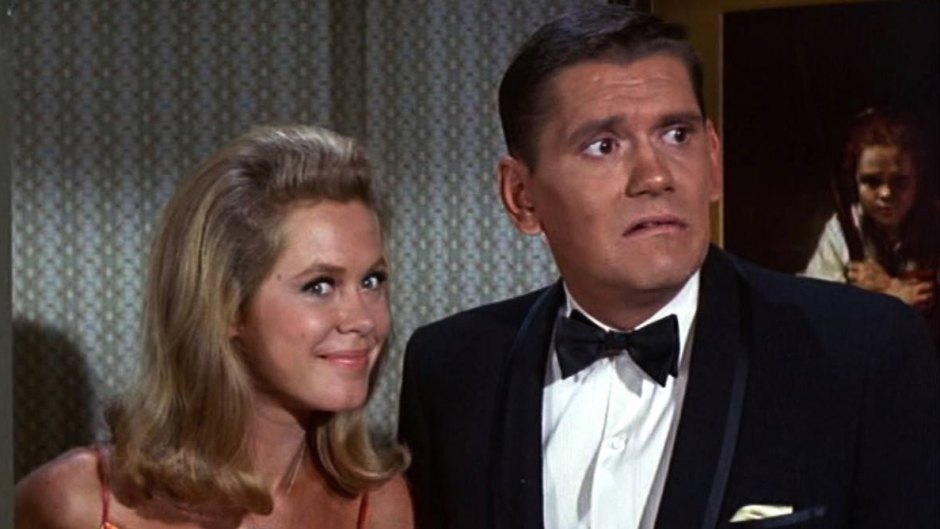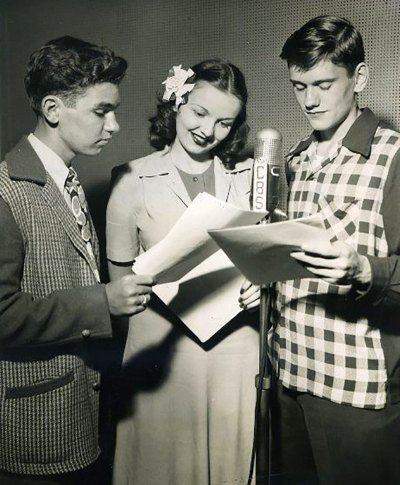
Columbia Pictures Television
Here’s What Happened to Dick York Before, During and After Playing Darrin Stephens on ‘Bewitched’
Toward the end of his life, Dick York, who originated the role of Darrin Stephens on Classic TV sitcom Bewitched (currently airing on Antenna TV), was hooked up to an oxygen tank due to an ongoing battle with emphysema, and suffering from a chronic back pain that had plagued him since suffering an injury on a movie set back in 1960 — the result of which was the gradual dissolution of his acting career. Yet at that moment in 1989, he was devoting whatever energy he could muster toward bringing awareness to the homeless and doing anything he could to encourage people to reach out and help.
“The plight of the homeless,” he related to The Signal of Santa Clarita, California, “is everyone’s problem, because any of us could be there at one time or the other. I can see myself as a guy on the street and I think most people can do that. There’s no good just looking the other way; we’re going to solve this problem together or it won’t be solved.”

Also revealed in that interview was the fact that adversity was something that he had wrestled with all his life, having been born during the Great Depression to a family that had little money for the necessities of life. “We were so poor,” he said, “that we couldn’t afford to bury my brother when he died. We had to steal into a cemetery at night to lay him to rest.”
Definitely a tough one to wrap one’s mind around.
He was born Richard Allen York on September 4, 1928, in Fort Wayne, Indiana, to his seamstress mother, Betty; and salesman father, Bernard. Eventually, the family moved to Chicago and it was there that a Catholic nun at St. Mary of the Lake grammar school was the first one to take notice of his vocal abilities. When he was 9, he became a part of the Jack and Jill Players, making his debut as a fish in the play Water Babies. Later, he attended De Paul Academy and later still studied drama at De Paul University, though by that point he had already been working in radio in small roles.

His first big break came in 1944 when he was cast in a series called That Brewster Boy, which he was with until it ended two years later. Not long after, he was offered the part of Billy Fairfield on The Jack Armstrong Show. That gig last for several years, during which he did commercials for daytime serials, starred in five-days-a-week and weekly dramatic shows, and had become the emcee of the Saturday morning ABC network show for teenagers, Junior Junction. On top of that, somewhere in there he made several films for the Navy and appeared in a film distributed to high schools, Shy Guy.
To learn much more about Dick York’s journey to Bewitched and beyond, please scroll down.

CBS

CBS

Playbill

Playbill

Columbia Pictures

CBS Television Distribution

CBS Television Distribution

Columbia Pictures

Moviestore/Shutterstock

United Artists/Kobal/Shutterstock

Sony Pictures Television

Columbia Pictures Television

20th Century Fox Television

Columbia/Kobal/Shutterstock

Columbia/Kobal/Shutterstock

Columbia Pictures Television

Columbia Pictures Television

Columbia Pictures Televsion

Columbia/Kobal/Shutterstock

Columbia/Kobal/Shutterstock

Columbia/Kobal/Shutterstock

Columbia/Kobal/Shutterstock

Columbia/Kobal/Shutterstock

Moviestore/Shutterstock

CBS Television Distribution

Columbia/Kobal/Shutterstock







































